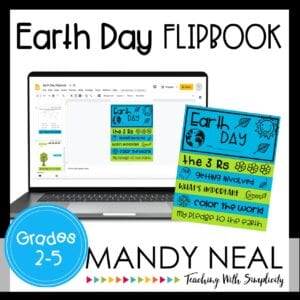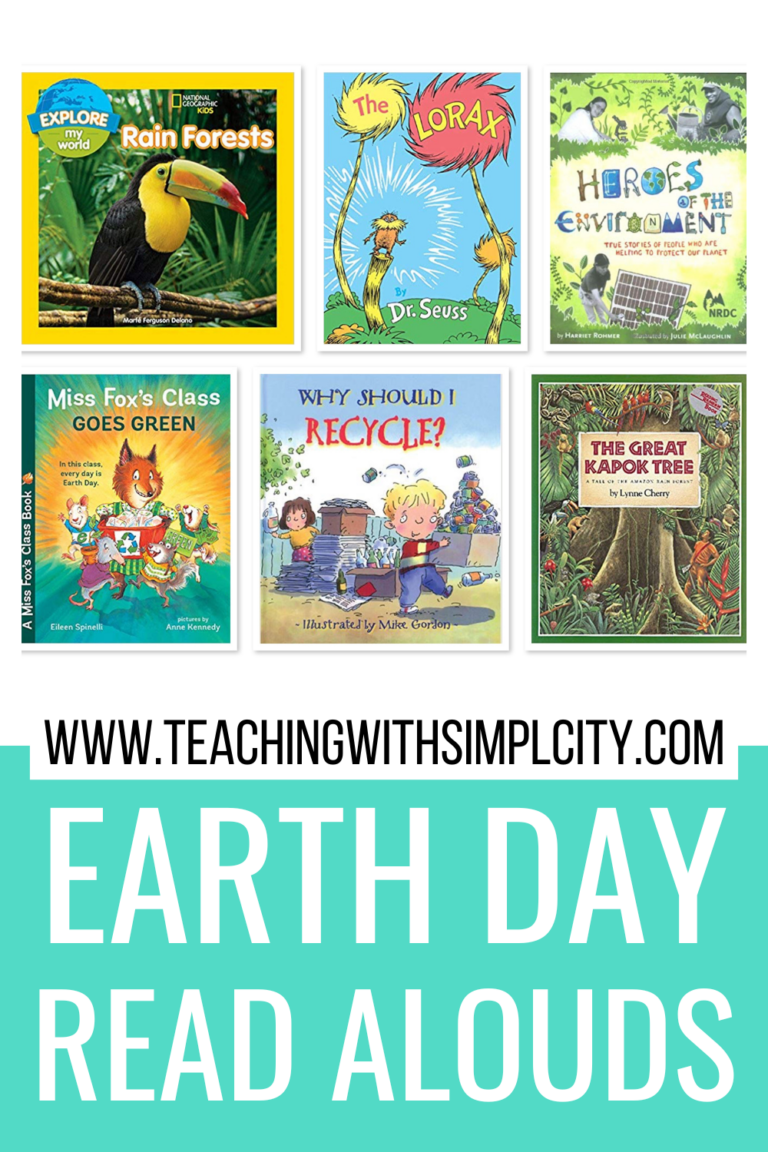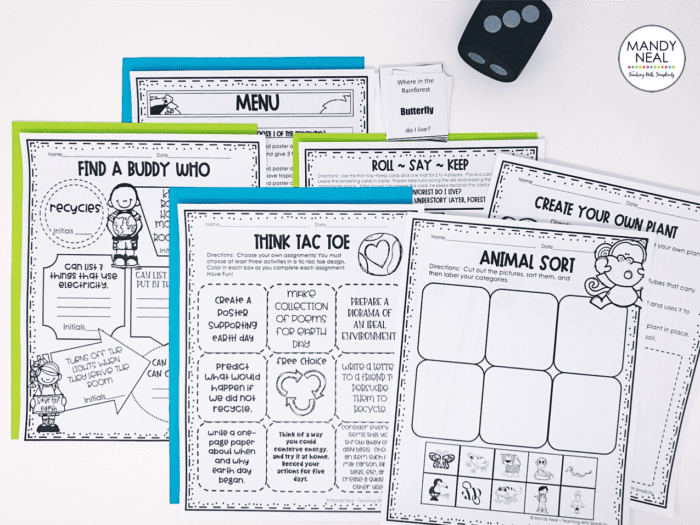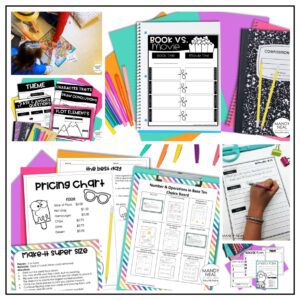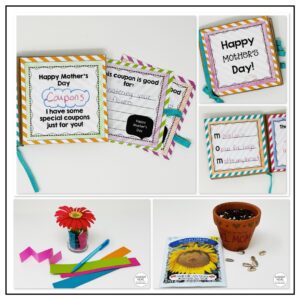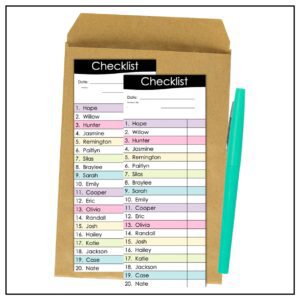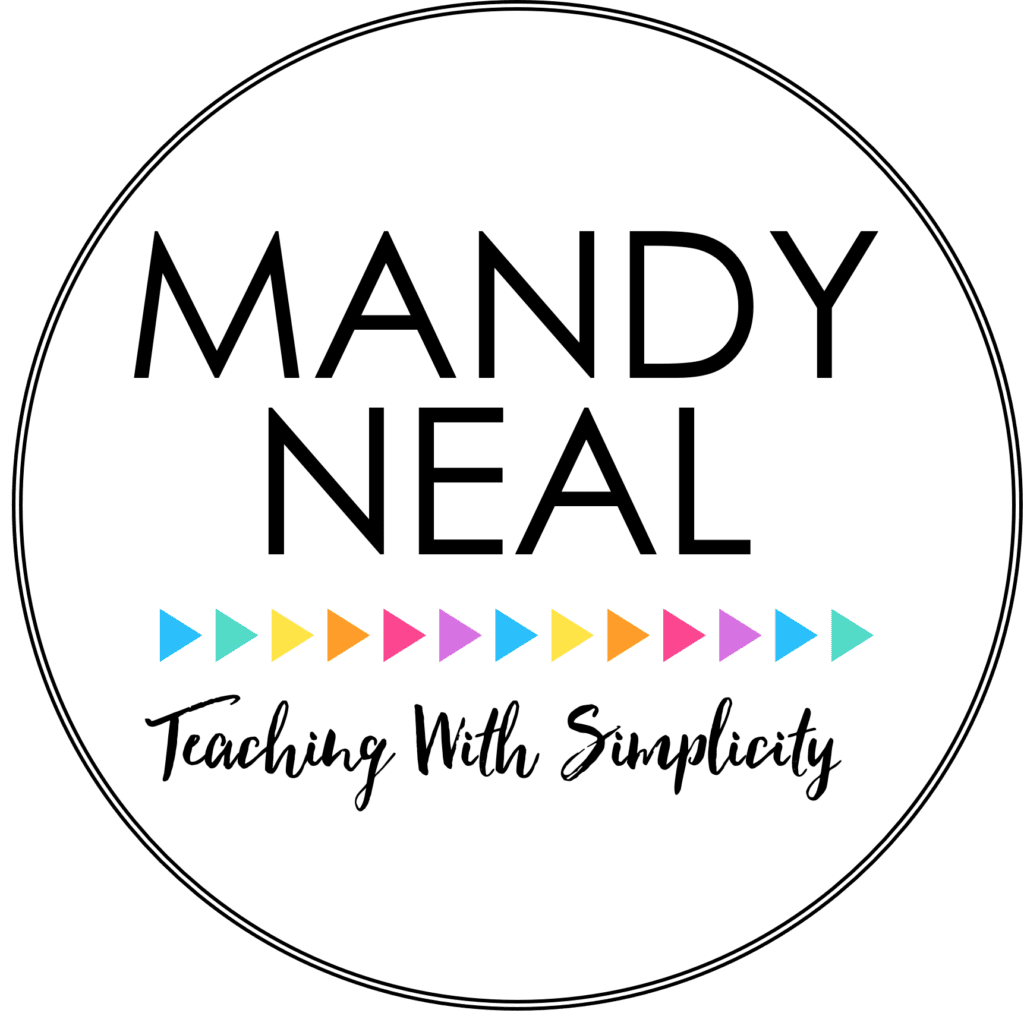With the growing importance of environmental awareness, Earth Day is more than just a yearly observance – it’s a crucial educational moment for our students. Engaging upper elementary students with fun and informative activities can lay the groundwork for a lifetime of eco-consciousness.
Here are a few interactive Earth Day activities that you can incorporate into your lesson plans to make the environmental message relevant to your upper elementary students.
Earth Day Read Alouds
Interactive read-alouds can help to create a classroom community. What better way to kick off Earth Day than coming together as a class and celebrating our Earth?
Here are a handful of my favorites:
Heroes of the Environment chronicles the remarkable journeys of 12 environmental champions, showcasing their impactful contributions to conservation. Readers meet a diverse range of individuals, from a young girl tackling industrial pollution in rivers to a Mexican wrestler advocating for marine life protection. Through captivating narratives and visual elements like photographs and illustrations, the book illuminates these eco-warriors’ innovative solutions and dedicated efforts, inspiring readers to join the movement for a healthier planet.
“When Miss Fox arrives at school on her bicycle, Mouse wonders if she has a flat tire, but Miss Fox explains that she’s going green. Inspired by her example, the students begin adopting eco-friendly habits like taking shorter showers, using cloth bags for shopping, and turning off lights when not in use. These small changes have a big impact, spreading beyond the classroom to the entire school, with even the principal joining in by riding a bike. The story highlights how one person’s actions can inspire a community to work together for a healthier planet.”
This National Geographic book is a delightful picture book that invites children to explore the enchanting world of the rainforest. Through captivating illustrations and engaging text, readers discover the diverse wildlife and vibrant ecosystem of the rainforest, from fierce jungle predators to exotic birds and unique plant life. The book captures the majesty and wonder of this lush landscape, offering an educational and immersive experience for young readers curious about nature’s beauty and diversity in tropical environments.
The Lorax by Dr. Seuss is a timeless tale that encourages children to care for the environment and advocate for those who cannot speak for themselves. Through the colorful and playful narrative, readers learn about the importance of environmental stewardship and the consequences of neglecting nature. The book’s uplifting message emphasizes the power of individual action, showing that even the smallest efforts can have a positive impact on the world.
My number one favorite Read aloud for Earth Day is The Great Kapok Tree! In The Great Kapok Tree, Lynne Cherry tells the story of a man who enters the rainforest with the intent to chop down a massive kapok tree but falls asleep. During his slumber, the creatures of the forest, including a child from the Yanomamo tribe, share messages of interconnectedness and the vital role trees play in sustaining life. The man awakens with a newfound appreciation for nature, illustrating the powerful impact of understanding and respecting the natural world.
To celebrate Earth Day this FREE unit contains activities correlated to Lynne Cherry’s The Great Kapok tree. It also contains activities beyond the book in which students share ways in which they recycle, reuse, and reduce.
This FREE unit, found in the Free Resource Library includes:
1. Conduct an open sort with animals of the Rainforest
2. Compare and contrast the Canopy with the Understory
3. Compare and contrast the Rainforest with a regular forest
4. Choose projects to complete based on their preference and learning style with a Choice Menu
5. Create their own plant
6. Identify where specific animals live within the layers of the rainforest
7. Collaborate with classmates on ways to recycle, reuse, and reduce
8. Choose projects to complete on ways to recycle, reuse, and reduce based on their preference and learning style with a Think-Tac-Toe
Upcycling Art Projects
Art is a universal language; using it to convey an environmental message can be powerful and fun. Encourage your students to create art from upcycled materials – think plastic bottle sculptures, cardboard mosaics, or magazine collages. This will teach kids about the art of reusing materials and show them how to look at “waste” in a new, creative light.
Instructions:
- Ask students to collect various upcycling materials, keeping in mind the theme of Earth Day.
- Provide examples of upcycled art projects and brainstorm potential creations as a class.
- Showcase their finished pieces in a gallery walk to celebrate their innovative masterpieces.
Community Clean-Up Challenge
For a hands-on application of environmental responsibility, organize a community clean-up challenge. This not only gets students out of the classroom but also instills the concept that every individual can make a tangible difference in the health of our planet. Work with local authorities to ensure a safe and feasible clean-up area and provide students with the necessary equipment, such as gloves and trash bags.
Instructions:
- Assign groups of students to different areas for clean-up, ensuring everyone’s safety and supervision.
- Have the students document their efforts with photos and keep track of the types and quantities of litter collected.
- After the clean-up, reconvene to discuss the impact of their work on the local environment and what else can be done.
Planting for the Future
There’s no better way to learn about the environment than by getting hands deep in the soil. Organize a planting session where each student can plant a tree, flower, or vegetable. Discuss the role of plants in the ecosystem, from providing oxygen to supporting wildlife. This also teaches kids about the life cycle of plants and allows them to witness firsthand the impact of their actions on the environment. This is a great way to tie in Arbor Day as well!
Instructions:
- Provide students with various seeds and explain the best practices for planting and nurturing their chosen plants.
- Update the students regularly on their growth progress, linking it back to lessons about the importance of plants in our world.
- Upon taking the outdoor lesson, have students reflect on the experience and the significance of planting for the future.
Recycling Relay Race
Incorporate the excitement of a relay race with a lesson about recycling. Set up stations representing different types of recyclables – glass, paper, plastic, and aluminum – and have teams sort the materials into the appropriate bins. This fun and competitive activity reinforces the importance of recycling and can be a great way to examine the life cycle of commonly used materials.
Instructions:
- Designate areas for each recycling material and place mixed items that students must sort and recycle as quickly as possible.
- Discuss the processes that recyclables go through after collection and the positive environmental impacts of recycling.
- Declare a winner based on accuracy and time, reinforcing the message that consistent and correct recycling is a win for everyone.
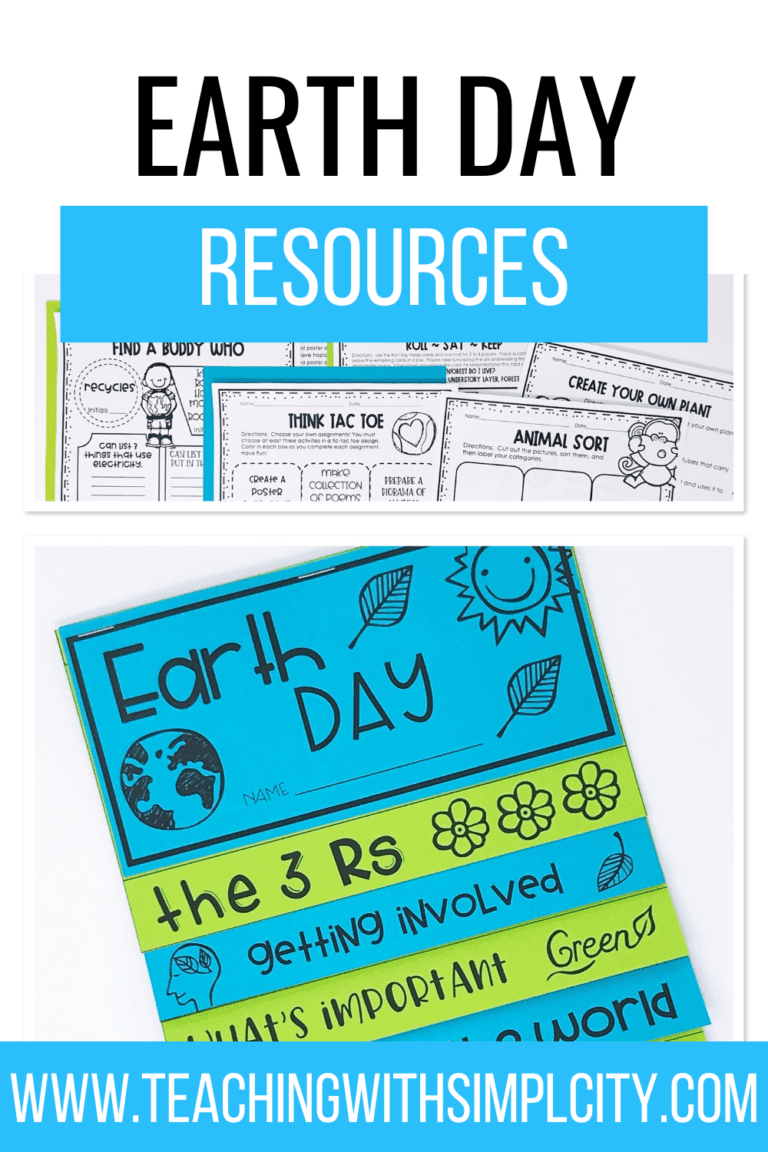
Additional Earth Day Activities
Reflecting on the 3 Rs: Have students review what the 3 Rs are.
Learn ways to conserve energy: Make a list of ways that they can conserve energy and provide examples of things that they do that wastes energy.
Make a Pledge: Have students create and sign pledges committing to specific actions they will take to protect the environment.
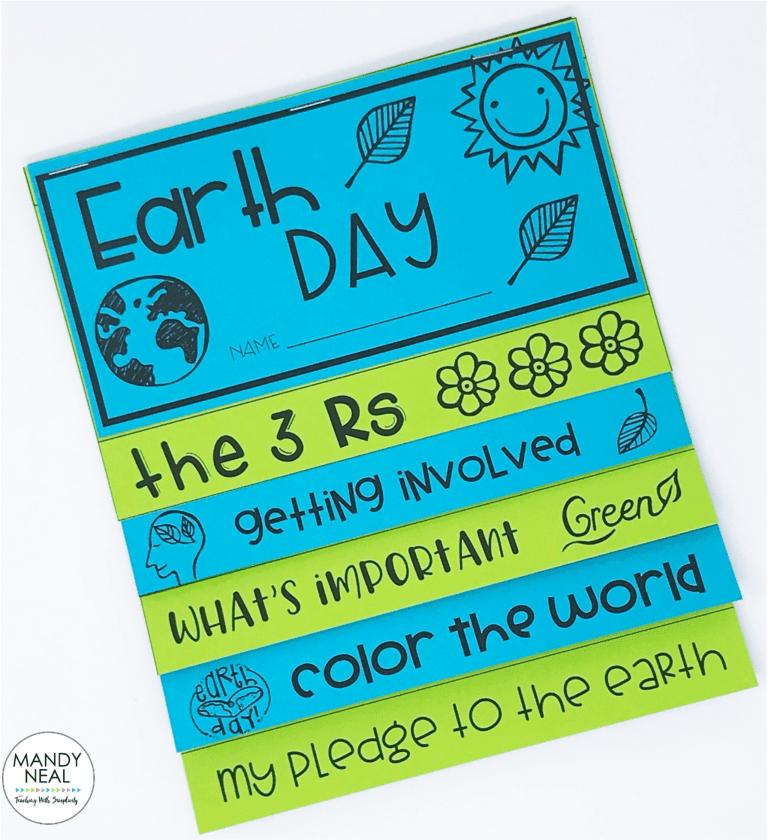
Earth Day is an opportunity to engage and inspire young learners. The activities above are designed to combine education with entertainment, giving your upper elementary students a comprehensive grasp of the importance of safeguarding our planet. By fostering a commitment to sustainability in our youth, we can look forward to a brighter, greener future.
SHOP THIS POST
